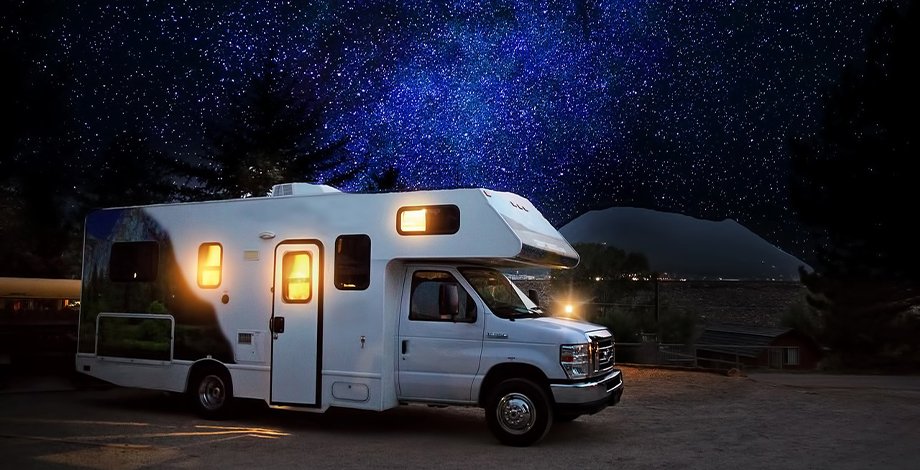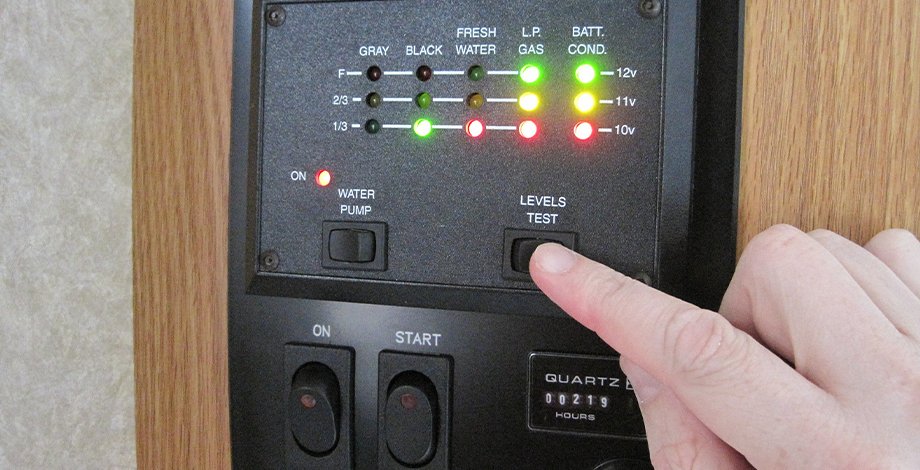How to Convert RV Water Heater to Tankless

Tankless water heaters for RVs are one of the most convenient and faster ways to heat gallons of water in your RV. They are the ultimate device for comfort and convenience and can save you a lot of time when you want a quick shower, heat up some water for making food or drinks, and anything else.
Most standard tankless RV water heaters can heat up between two and five gallons of water in seconds and up to a few minutes at most. The best part of all is that you don’t need a tank or extra storage to heat all that water up.
So, now that you’ve seen the amazing benefits of this device, let’s find out how to convert an RV water heater to tankless and set everything up properly.
Contents
How to Convert RV Water Heater to Tankless – Step-by-Step

The job isn’t at all difficult to understand and accomplish. However, there are important steps we need to do in the following order to avoid any possible issues later on. Here are the exact steps with explanations that you need to follow:
Step 1: Take Necessary Precautions
Before you even think of converting your RVs water heater to tankless, you must turn off a few devices. This includes turning off the propane tank, shutting down the electricity and water supplies, and double-checking to make sure all of these are now off before proceeding.
Step 2: Locate the Current Water Heater and Uninstall It
The next step will require a few tools and a bit of handiwork to get done. First, you have to find where the old water heater of your RV sits. It can usually be accessed from the outside, but each case is a unique one so make sure you know where it is.
Then, unscrew the casing around the old water heater with a screwdriver or an impact driver and measure to see if there is enough room for the new tankless heater to be placed in. Usually, there will be more than enough room for this switch to go smoothly. You may need to use a caulking scraper to cut the seal around the heater. Be careful with this tool as it can easily slip and damage the paint on your RV.
Step 3: Clean the Old Water Heater Housing and Install the Tankless Water Heater
After you’ve removed the old water heater from the RV, take your time to clean this area and scrape off any residue, dirt, and gunk that has built up over time. After that, if you’ve purchased a tankless heater with the same dimensions as the old one, then simply slide the new one into the hole and caulk around the sides to fill the gaps and close the seals. Then, screw the cover plate in place and caulk around it as well. This will seal all gaps and prevent leaks.
Step 4: Connect the Wiring and Water Pipes
We’ve finally reached the last few steps. All that you have to do now is connect the wiring and water connections. If you need help with this, remember, the black wire is to the ground and the red one is to the park. If you never want to deal with electrical problems regarding your RV, a great choice that all RV enthusiasts recommend that you must have is a great RV surge protector.

After you’ve connected the wires, install the new control panel for the tankless heater by following the manual. Then, the manual will also show you how to test it to see whether it’s working normally.
And finally, connect and tighten the hot and cold water connections and you’re all done. This should be extremely easy as the pipes and the connection points on the heater show you which one goes where.
Step 5: Test
It’s always a great idea to test everything after you’re finished installing it. After you’re sure that you’ve done all the installation steps, go inside your RV and turn on the hot water. It may take slightly longer the first time, but hot water should start running quite shortly. Keep in mind that if you winterize your RV properly for the winter, your new tankless water heater won’t be damaged at all. Most of these devices also have built-in freeze protection if you still use your RV during the winter.